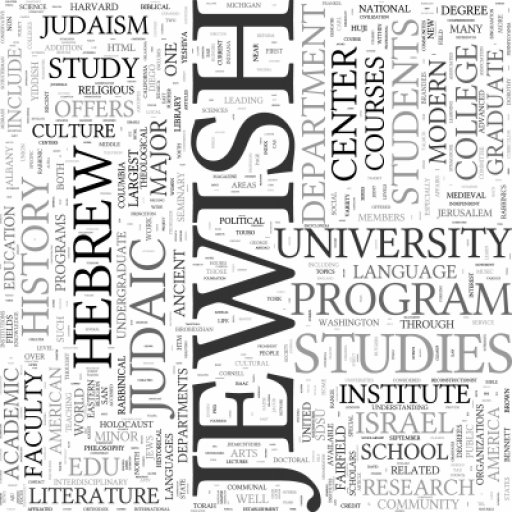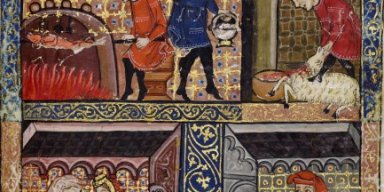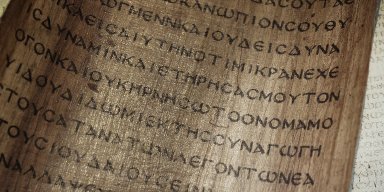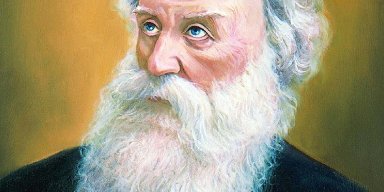The Sabbatean and Frankist debacles had torn us apart, made us paranoid about our neighbors, and even our rabbis. The responses were varied, and a new climate was created, not always for the better. Many of our present problems stem from those long-ago traumas.
In Western Europe, every effort was made to jettison the Kabbalah. Where Kabbalistic customs were already well established, they were kept, but de-emphasized. In Amsterdam, the most open of European cities at the time, and a major battle ground between Sabbateans and anti-Sabbateans, Kabbalah was simply banned. I had heard that there was an official herem (ban of Excommunication) in Amsterdam for anyone studying or practicing Kabbalistic rites. I wrote an email several years ago to the head of the Amsterdam Jewish community asking about this. He said: "I don't know if there is a formal herem, but we do absolutely nothing in accordance with the Kabbalah". Interestingly, the community records for Amsterdam have the years 1665 and 1666 simply torn out of the ledger. But it doesn't end with this.
Moses Mendelssohn of Germany, the founder of the so-called "enlightenment" which sought a Jewish spirituality while abandoning those rituals which set us apart from others, and resulted in the creation of Reform Judaism, every one of his close followers was a Frankist! A non-observant Judaism resonated with them. This has been well documented by 20th century historians. So, a secular, or at least a non-observant, interpretation of Judaism, if not originating in Sabbateanism, was successful due to it! Note: This in no way implies that non-Orthodox Jews today are knowingly Sabbatean.
Middle Eastern Jews took the attitude "OK, we made a big mistake. Let's go back to where we were". Kabbalah remains central in these communities. If one visits a Middle Eastern Sepharadic synagogue, there will likely be a class in Zohar between the afternoon and evening service. Even Sabbatean rituals and prayers that had "gotten in" were tolerated, as long as they were not blatantly heretical. A good example is the Tu B'Shvat "seder". The Sabbateans had made a special ritual of reciting various Talmudic and kabbalistic passages, along with consuming fruit on this day, which is the "New Year of the Trees". First, fruit was eaten that is totally edible, then fruit with an inedible pit, then fruit with an inedible outer shell. The forces of evil are referred to in Kabbalah as "shells" (klipot). This ritual was meant to indicate a journey starting with good, then hidden evil, and concluding with apparent evil which could and should be entered. Most Middle East Sepharadim follow this ritual even today, but without reference to Sabbatean concepts. It's just a fruit celebration. No need was felt to eliminate it.
In Central and Eastern Europe, a more moderate approach was taken. Kabbalah is great, but let's put it back to where it is only for scholars. It is too dangerous for the average person. Communities allotted space for Kabbalists to gather, pray and study. But now, one had to be at least 40 years old, married, and with a solid knowledge of Talmud. This would insure stability. The Kabbalistic writings of the rabbis for this tradition do not deal with emotions, revelations, redemption etc., but rather with deep interpretations of Bible and Talmud, inspired by Kabbalah. Ethical literature of this period is also replete with Kabbalah. But the experiential was gone.
Great Yeshivot were founded that dealt with everyday, practical, as well as theoretical Judaism. But the transcendental was usually lacking. The masses were not pleased. They longed for spiritual awakening. Most did not feel that their needs were being addressed. The time was right for a revolution of sorts. It did come, in the form of Chassidism. That will be my next post.













